
5 things to know about Winnipeg’s big sewage problem
115 billion litres, 70 years to fix, $5.5 billion in lawsuits
Get the inside scoop on The Narwhal’s environment and climate reporting by signing up for our free newsletter.
A primitive rodent, with small eyes and ears and large front claws, makes its home in the Cascade mountains of southwestern B.C. Mountain beavers, which aren’t really beavers, spend most of their time underground — and their survival is at risk. Heavy forestry machinery compacts the deep soils where they burrow, presenting a key threat, along with urban development in the Fraser Valley.
Just this year, the mountain beaver was added to the provincial “blue list.” B.C.’s blue list includes species particularly vulnerable to human impacts. If known threats are not addressed, blue-listed species could one day become red-listed, meaning they are endangered, threatened or no longer found in the province.
B.C.’s red list includes spotted owls, southern mountain caribou and southern resident killer whales.
Altogether, 1,952 species and ecosystems are officially at some risk of extinction in the province, according to the B.C. government’s conservation data centre.
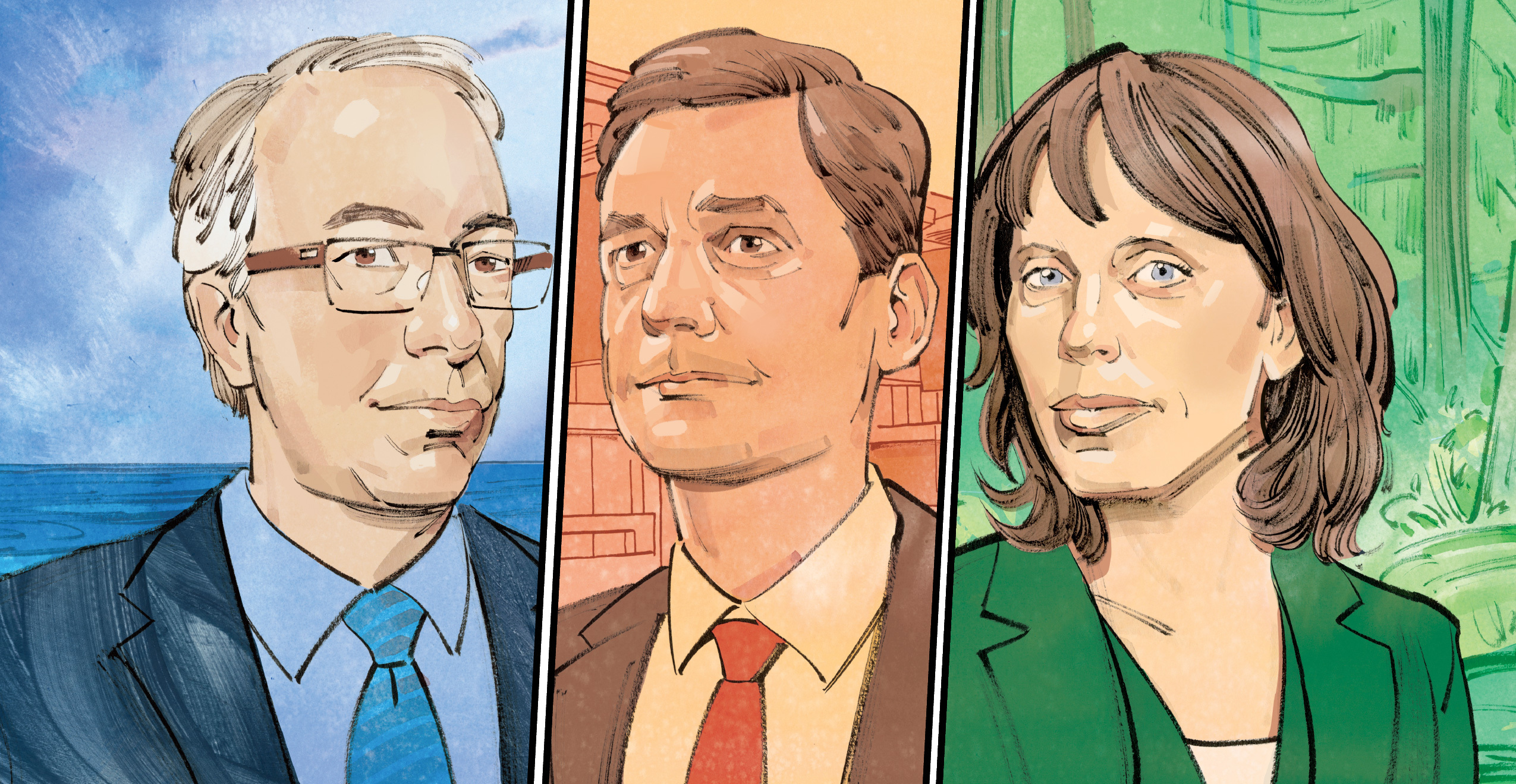
The fates of each of these species are entwined with the outcome of B.C.’s Oct. 19 election.
Here’s what you need to know about what the parties vying to form B.C.’s next government are promising for nature and wildlife.
For those keeping a close eye on B.C.’s wildlife conservation policies, the province’s lack of stand-alone legislation to protect species at risk of extinction remains a glaring gap.
“We have a beautiful province and it’s an epicentre for biodiversity,” Kai Chan, a professor at the University of British Columbia’s Institute for Resources, Environment and Sustainability, told The Narwhal. But, he added, “B.C. is one of the most obvious laggards in terms of legislative protections for wildlife.”
In its 2017 campaign platform, the BC NDP committed to bring in stand-alone endangered species legislation. But it quietly reneged on that promise after coming to power.
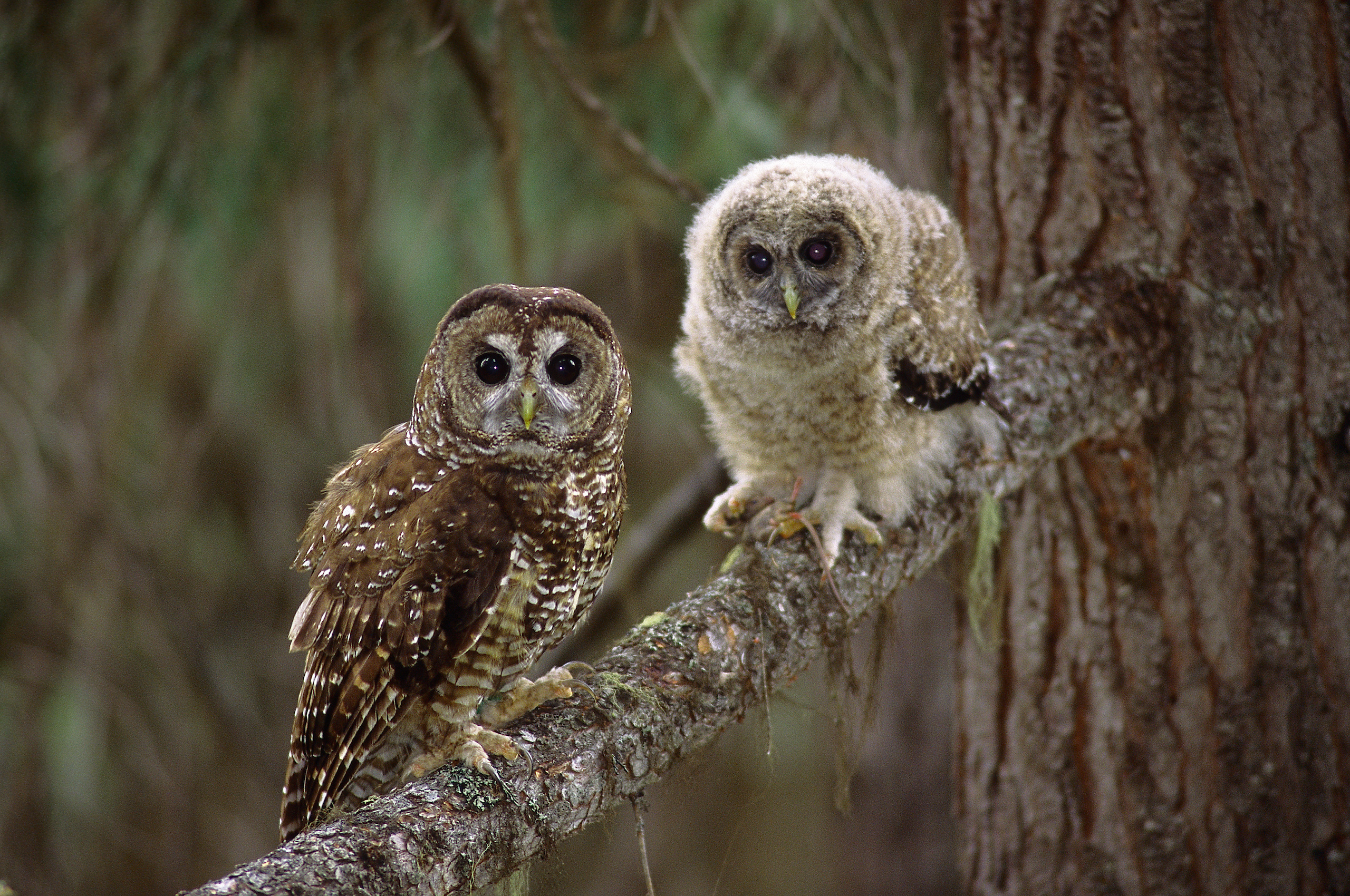
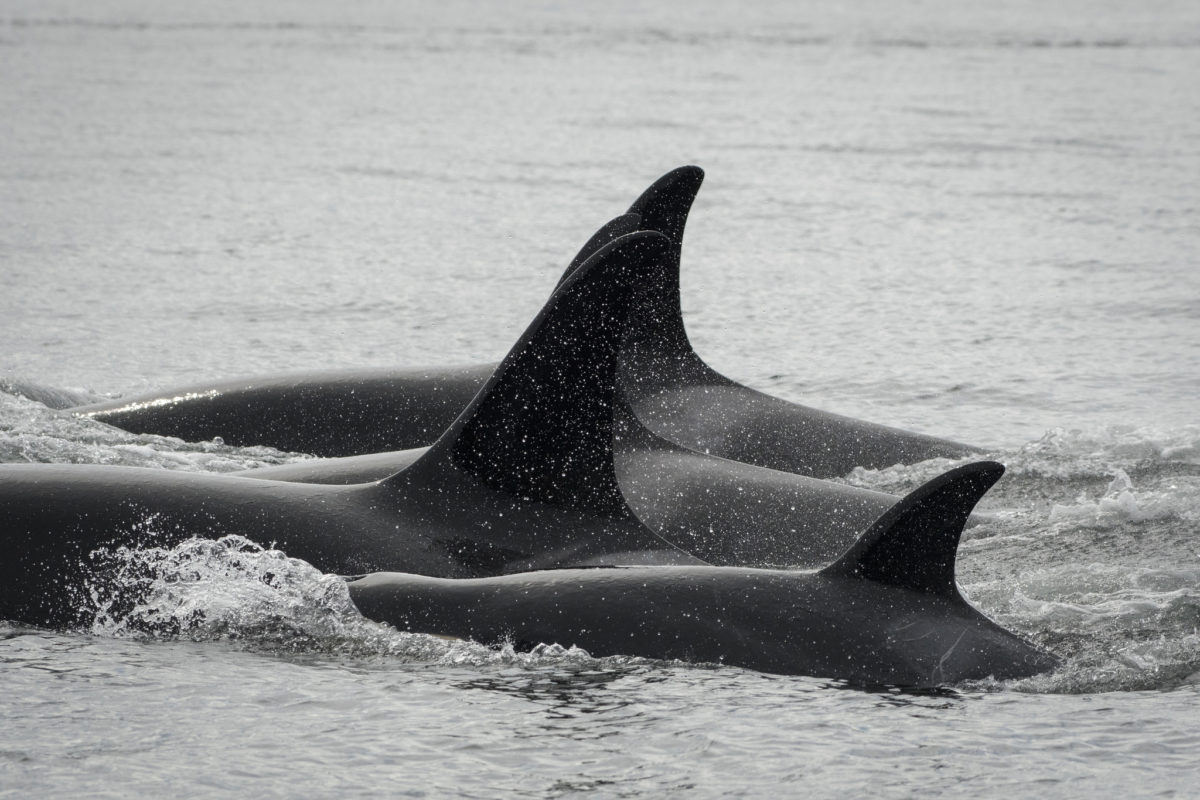
While legislation to protect at-risk species may not be perfect, Chris Johnson, a professor of landscape conservation and management at the University of Northern British Columbia, said legislation is an important tool that allows governments to react when a species is in trouble.
“Many of us, I think, had really high hopes for the NDP coming in initially, because they’d been very strong proponents in particular about species-at-risk legislation,” Johnson, who co-chairs a scientific committee that advises the federal government on at-risk land mammals, said. “And then it got canned. It just basically disappeared,” he said.
Both the BC Greens and the BC Conservatives have promised, if elected, to introduce legislation to protect at-risk species.
“We are in the midst of a biodiversity crisis and standing at a crossroads: either we take bold action to protect our ecosystems or we risk losing iconic species like caribou, spotted owls and orcas forever,” the Greens stated in its platform.
The BC Conservatives platform says the NDP government has underfunded and mismanaged wildlife in the province, leading to declines in “iconic ungulate species.” It says a Conservative government would introduce “made-in-B.C. species at risk legislation so wildlife protections are shaped by B.C.-based experts — not Ottawa — and are reflective of our unique ecosystems.”
The NDP’s platform makes no mention of legislation to protect at-risk species. Instead, the party has committed to working with First Nations and other partners on a “made-in-B.C. strategy” to protect biodiversity and watersheds, if re-elected.
Late last year, the NDP government released a draft biodiversity and ecosystem health framework. It said the framework would set the direction “for a more holistic approach to stewarding our land and water resources” and eventually lead to legislation to protect biodiversity.
However, the draft framework won’t be finalized before voting day, leaving its future in limbo pending the outcome of the election.
“I can’t disagree with some of the ideas in there — that you need, for example, a whole-of- government approach for addressing biodiversity,” Johnson said of the framework. “It’s very proactive and very progressive, but it’s also super high level.”
And, “it’s a long way to go before it makes any difference at all to biodiversity on the ground,” he warned.
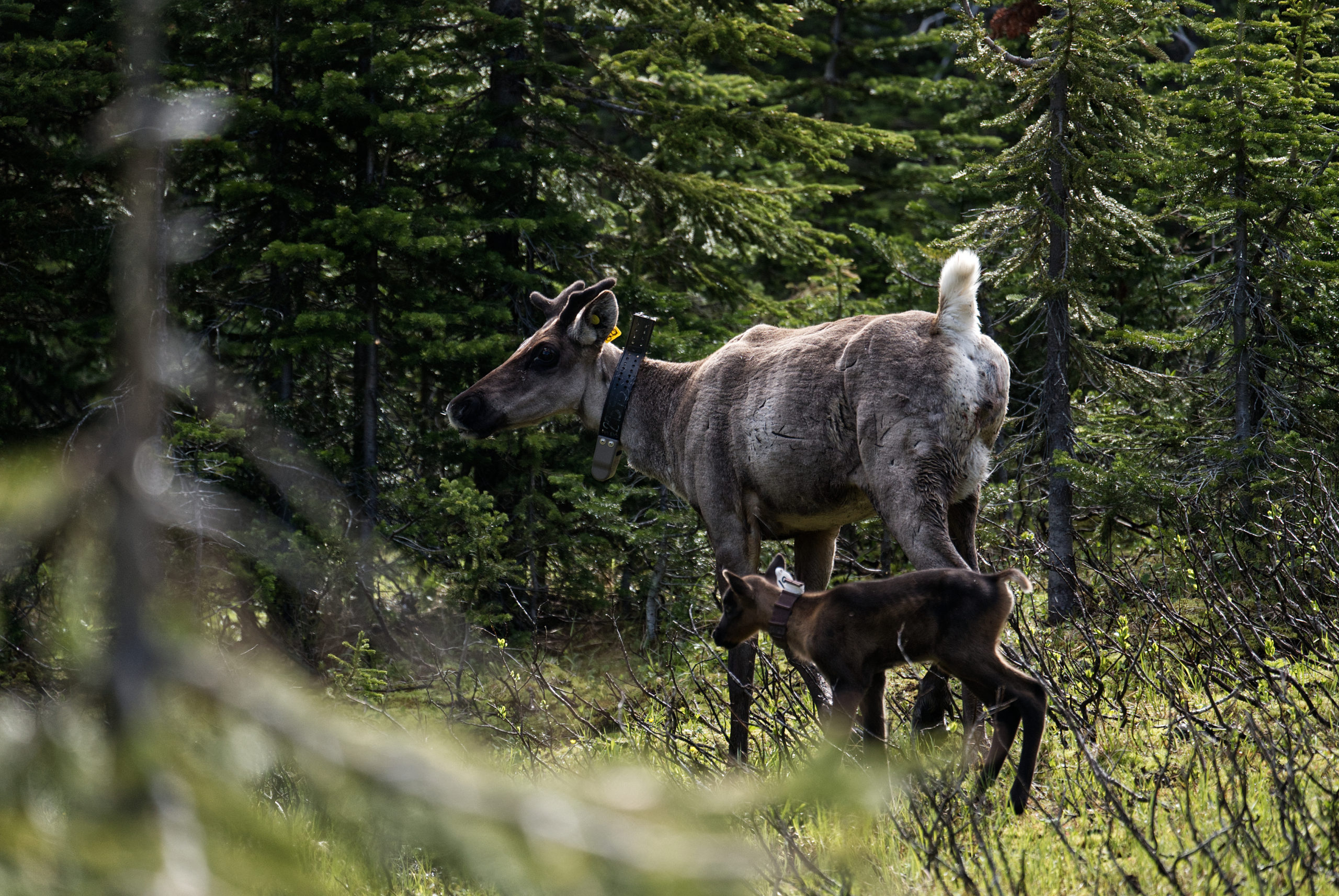
In an emailed statement to The Narwhal, Hunter Lampreau, co-chair of the First Nations-B.C. Wildlife and Habitat Conservation Forum, which provides technical advice to the province, said he commends the NDP government for taking steps to enhance biodiversity conservation. But he said there’s more to do to achieve the needed balance between access and sustainable use of land and wildlife with conservation on the ground.
Alongside working toward its “made-in-B.C. strategy” to protect biodiversity and watersheds, the NDP said it will continue work to conserve 30 per cent of land in B.C. by 2030.
At the United Nations biodiversity conference in December 2022, Canada and 195 other countries committed to conserve at least 30 per cent of land and water globally by 2030 as part of international efforts to reverse the unprecedented decline of biodiversity.
In 2022, BC NDP Leader David Eby tasked Nathan Cullen, in his role as minister of water, land and resource stewardship, with working to protect 30 per cent of land in B.C. by 2030.
“[The NDP government] set a lot of really bold commitments, and I think it took a lot of time to get the gears turning to get working towards them and we didn’t really see the deliverables that we had wanted to see,” Tori Ball, the conservation director with the B.C. chapter of the Canadian Parks and Wilderness Society, said in an interview.
Over the past several years, the B.C. government and First Nations have announced major new conservation initiatives, including new conservancies in Clayoquot Sound, the Incomappleux Valley and the expansion of the Klinse-za / Twin Sisters Park.
But overall, protected areas increased by less than half a percent during the NDP’s past term in government, Ball said, noting “that’s not a lot of progress.”
The NDP also backtracked from conservation and reconciliation initiatives after facing criticism from the BC Conservatives over measures such as the proposed Land Act amendments and the expansion of the Klinse-za / Twin Sisters Park.
As of last December, B.C. reported 19.7 per cent of land in the province had been conserved, either through protected areas, such as provincial or national parks, or through other measures, where some development activity may be allowed but biodiversity is still meant to be protected.
The Canadian Parks and Wilderness Society has previously raised concerns that some areas counted towards B.C.’s conservation targets don’t meet biodiversity goals.
“We are hoping that the next government will continue the commitment that is laid out in the tripartite nature framework agreement to protect 30 per cent by 2030,” Ball said.
Both the NDP and the Greens say they are committed to working with First Nations towards the 30-by-30 goal.
“I’m proud of the fact that the BC NDP has signed on to the 30-by-30 nature agreement. This is something that’s just essential,” Josie Osborne, the incumbent NDP candidate for Mid Island-Pacific Rim, said during the environmental issues debate.
Conservative Leader John Rustad earlier told The Narwhal he would abandon B.C.’s plans to conserve 30 per cent of land in the province by 2030, a move that could jeopardize Canada’s international commitments and the recovery of at-risk species in B.C.
In its platform, the BC Conservatives outlined measures it would take to enhance biodiversity as part of its plans to “save B.C. forestry.”
The party said it will define which forest areas will be prioritized for logging and which will “be prioritized for meeting biodiversity goals, where sourcing forest products will be of secondary value.”
During an online election debate focused on the environment in early October, Peter Milobar, the Conservative candidate for Kamloops Centre, said his party’s plans for mining, forestry and conservation form an interconnected approach to managing land.
Asked about the party’s forestry plans, Milobar said, “It’s really about maximizing the value of all the fiber that can be pulled out, instead of having it go up in slash piles, instead of it just sitting on the forest floor.”
“You certainly want a certain amount left in terms of regenerative growth and for the critters and whatnot in the forest after you’ve done logging, but there’s a lot of waste there that we could be using and repurposing at a proper rate,” he said.
The Conservative Party said, if elected, it will ensure two-thirds of B.C.’s forested areas are set aside from industrial-scale forestry activity and remain in their “original forested state.”
“B.C.’s forests provide more than just wood products; we count on our forests for water quality, wildlife habitat, recreational opportunities, and more,” the party’s forestry platform says. “Conservation is a Conservative value, and we will never allow our forest ecology to be undermined,” it says.
But the party doesn’t specify whether it would protect disappearing old-growth forests, which are both rich in biodiversity and sought after by industry.
In an analysis of each party’s stand on environmental issues, the Endangered Ecosystems Alliance, a conservation charity, raised concerns the Conservatives would focus protections on “mainly subalpine, rocky and muskeg landscapes with small and stunted trees of low to no timber value,” while allowing “logging to continue in areas where biodiversity conservation is supposed to be prioritized.”
The party said it will manage the remaining 22 million hectares of forest landscape to “achieve supply chain stability in B.C.’s forest sector as well as to enhance biodiversity and ecological qualities.”
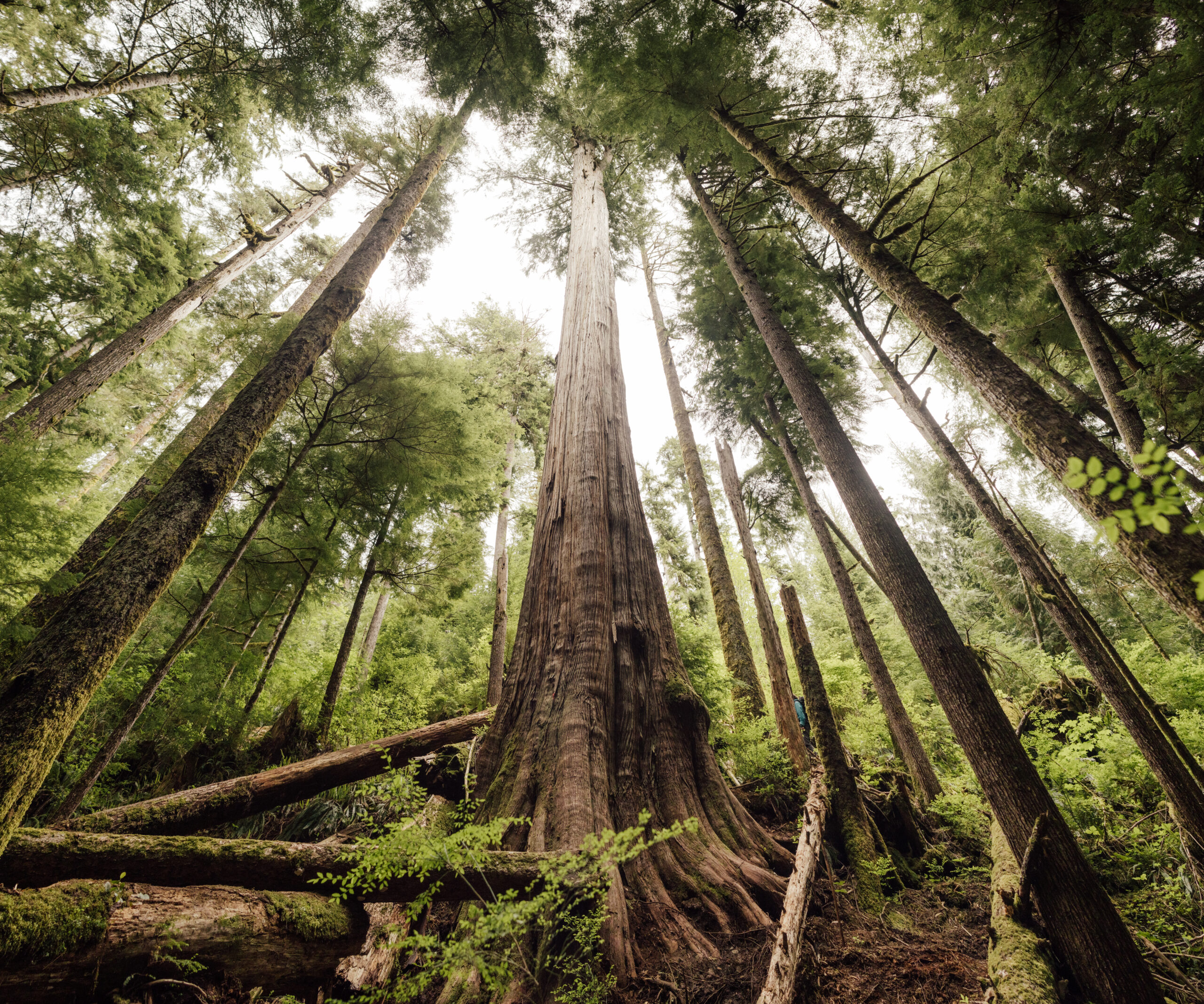
The Endangered Ecosystems Alliance worries that means the party will “obstruct new protected areas in the forests with the biggest trees and greatest biological richness” and effectively turn 22 million hectares of forest where valuable timber can be found into “guaranteed logging zones to create ‘certainty’ for timber companies.”
The BC NDP said it will protect more old-growth forests, if re-elected, by working with First Nations to finish implementing the landmark recommendations from a 2020 old-growth forest strategic review, which called for a major shift in how B.C. manages its forests to prioritize biodiversity and ecosystem health.
The party said it will create a fund to help mills re-tool so they can process smaller second-growth trees instead of old-growth trees.
The BC Greens have promised to defer logging in the most at-risk old-growth forests and fully fund their protection, compensating First Nations for any lost revenues due to logging deferrals. In an Oct. 4 press release, the party pledged to increase the number and size of community forests “to promote biodiversity, wildfire protection, rural development and ecosystem resilience.”
The Greens also promised to stop clearcut logging and “switch to practices like selective logging, commercial thinning and longer rotation cycles that mimic natural forest changes.”
“B.C.’s forests are part of our identity, but years of industrial logging, wildfires, insect infestations and other disturbances have left them in crisis,” BC Greens Leader Sonia Furstenau said in the release.
Several months before the October 2020 election, the NDP government launched its together for wildlife strategy — what it described at the time as “a plan for the conservation and stewardship of B.C.’s wildlife.”
According to the B.C. government website, the province has made progress on some action items identified in the strategy. The government committed $10 million a year in additional wildlife funding, launched a review of the Wildlife Act and set up three regional wildlife advisory committees to bring people with different perspectives together. The government has also made significant funding announcements over the past year, including a $300-million conservation fund and $500 million for a nature agreement with the federal government and First Nations.
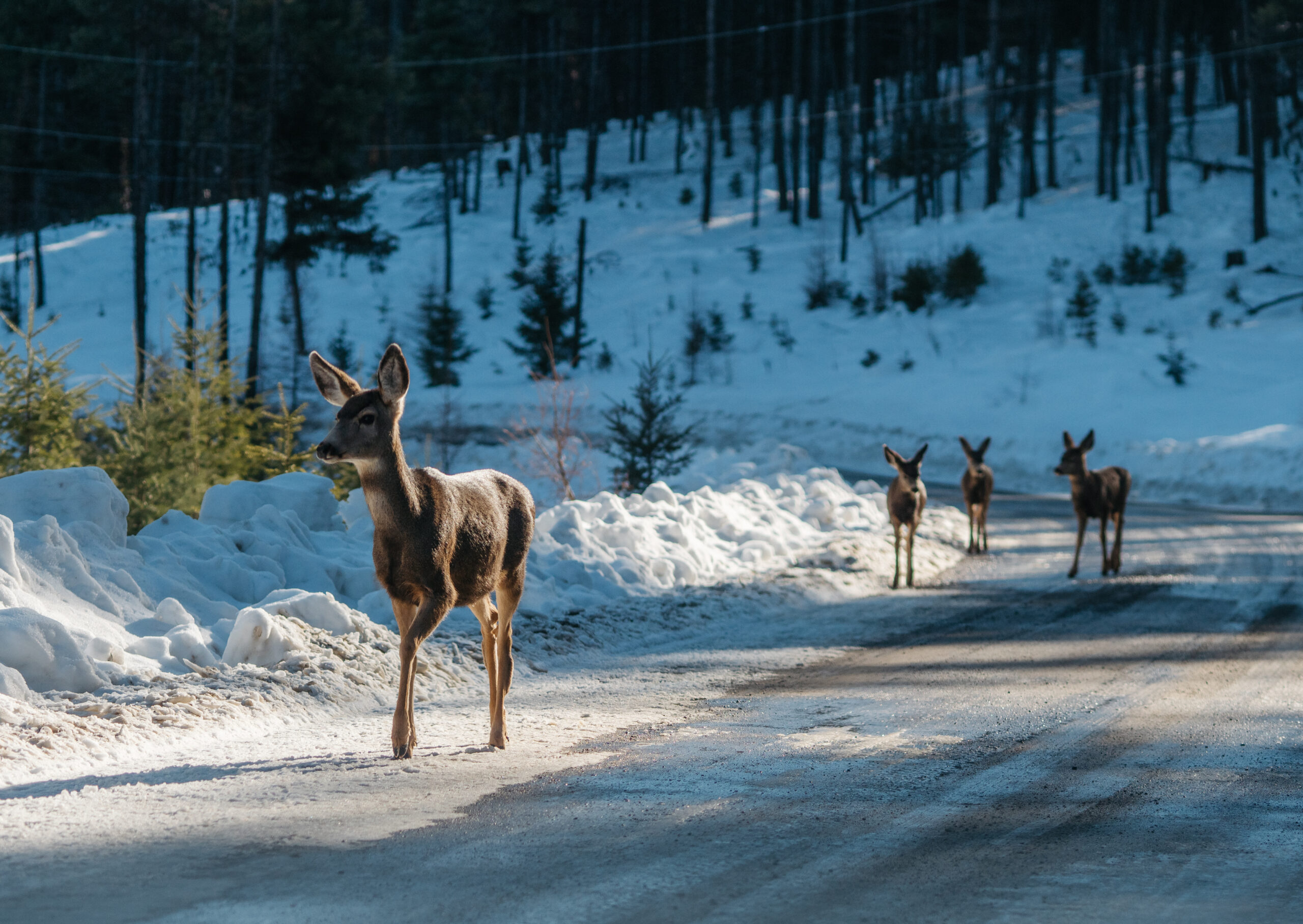
For Adam Ford, an associate biology professor at the University of British Columbia Okanagan, one of the “most concrete victories” was the creation of a series of scholarships to fund graduate student research.
“Those are the people that are doing the work on the ground with communities and learning about and providing evidence to restore wildlife,” Ford, who serves on the minister’s wildlife advisory council created to oversee implementation of the together for wildlife strategy, said. “But it is a bit of a drop in the bucket,” he added.
Ford said striving to improve the funding model for wildlife management was on the advisory council’s agenda from day one, but the ministry still doesn’t have the budget it needs.
Transparency was another major goal of the together for wildlife strategy. Yet only one director’s report outlining the progress made toward implementing the strategy is available online and it’s for the fiscal year ending in 2021.
Lists of projects funded in the first two years of the strategy are also available online. But “we don’t know what projects were approved for the current year,” Ford said. “I’m on council — I don’t know,” he added.
In recent weeks, the B.C. Wildlife Federation and others have raised concerns about a major funding shortfall for wildlife conservation and management.
The Greens have promised to allocate $120 million for fish and wildlife programs over the next three years.
The BC Conservatives platform says the party will dedicate revenue from hunting tags and fees to a “third party entity dedicated to wildlife management and enhancement. ” The party also says it will increase funding for conservation officers, ensure decisions are based on science and recognize “British Columbians deserve guaranteed access to public lands and wild areas, including hunting and fishing rights.”
“Our approach will balance resource development with habitat protection, ensuring that wildlife thrives alongside responsible human activities,” the platform says. “We will ensure Indigenous Peoples and stakeholders — hunters, fishers, recreationists, and conservationists — are not just ‘at the table,’ but actively shaping B.C.’s wildlife management practices.”
As part of its forestry platform, the BC Conservatives said it would increase the diversity of tree species in forests and stop the aerial spraying of glyphosate, steps that could improve wildlife habitat and improve resilience to wildfires.
Glyphosate — an ingredient in the commercial product Roundup — is a herbicide used in the forestry industry to kill deciduous trees and shrubs that can compete with crop trees, such as pine, that are valuable for forestry.
The Greens have outlined several measures that could benefit wildlife, including a $50-million investment in a youth climate corp to fund youth jobs to restore and protect natural systems. The party has also committed to ban the use of glyphosate and other chemical herbicides used in forestry and to end clearcutting. Instead, the party would ensure the forestry sector uses practices, such as selective logging, that emulate natural disturbance regimes.
“We need to focus on restoring ecosystem health and valuing more than economic values in the forest ecosystem,” Ross Reid, the BC Greens candidate for Mid Island-Pacific Rim, said during the environmental issues election debate.
The NDP has also said it will ban the use of glyphosate in forestry.
The BC Greens have committed to investing in Indigenous-led conservation and Indigenous Guardians programs, while the NDP said it will work with First Nations towards the 30-by-30 conservation goals.
Rustad, however, has said a Conservative government would repeal the Declaration on the Rights of Indigenous Peoples Act, a law he previously supported.
The Tŝilhqot’in National Government denounced the Conservative platform in a public statement.
“The path that the BC Conservatives has outlined for British Columbia is a path of conflict on the land and in the courts,” the government said. The declaration “is an essential framework to hold B.C. to international laws and standards, to implement the human rights of Indigenous peoples in B.C., and to resolve long-standing conflicts in this province based on recognition and respect, in a manner that benefits all British Columbians.”
Lampreau, with the First Nations-B.C. Wildlife and Habitat Conservation Forum, also raised concerns about Rustad’s stated position on Indigenous Rights and reconciliation and pointed to legal repercussions when the provincial government fails to prioritize and respect Indigenous Rights and Title.
“Several court decisions costing and awarding a lot of money have been made in the last years,” he said in an email to The Narwhal.
“I’d encourage people to consider a full platform before sending your choice into the ballot box,” Lampreau said.
“While a partisan claim of increased funding or improved wildlife and habitat stewardship sounds appealing, consider if they’re also advertising their intent to continue to invest in industries that are impacting habitat, and seek to understand how they intend to balance the two,” he said.

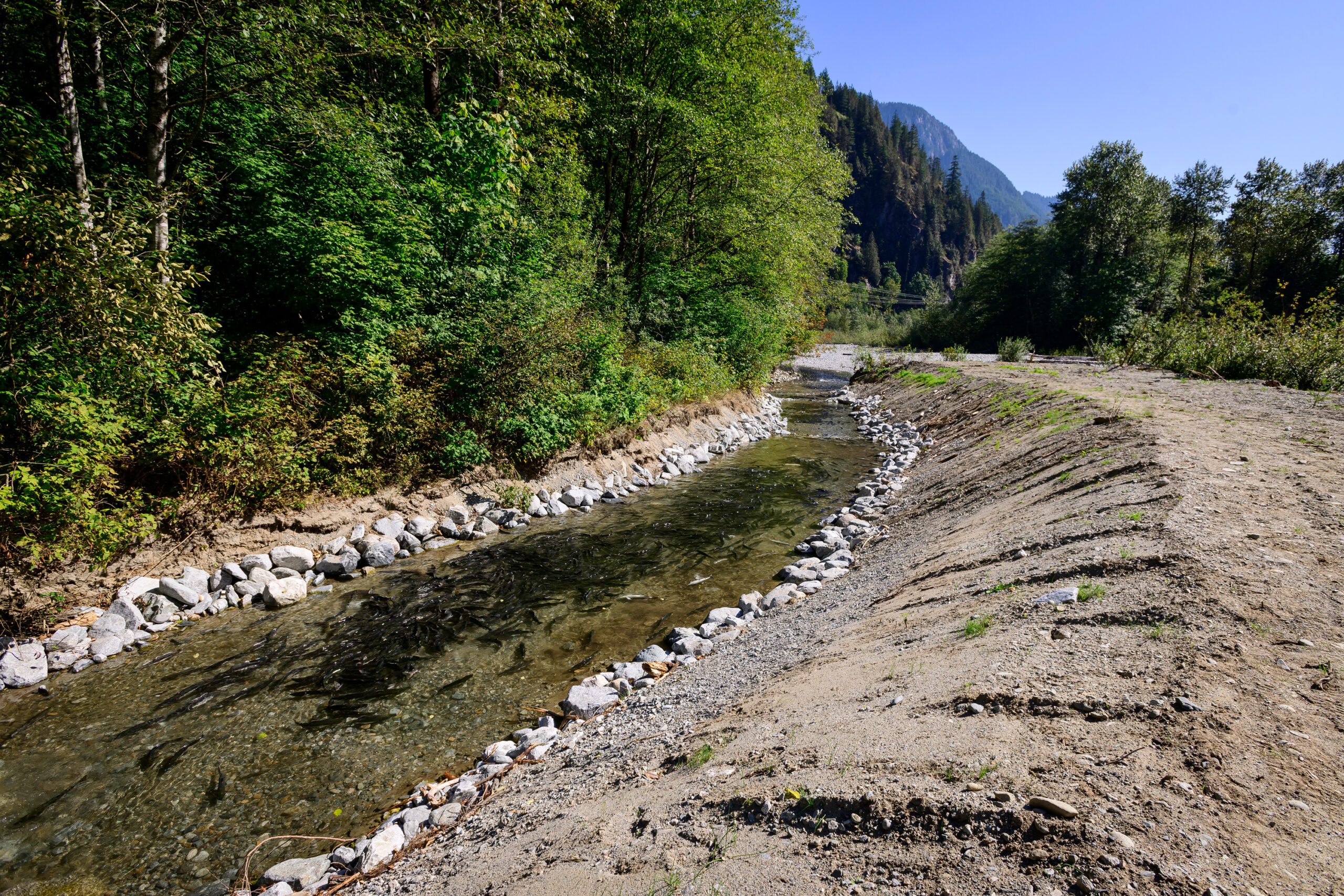
There are some other ideas in the mix to protect biodiversity.
In its platform, for example, the BC Greens said part of its prioritization of ecosystem health and biodiversity would include appointing a chief ecologist.
The party also committed to investing in watershed security, Indigenous-led conservation and nature-based climate solutions, as well as restoring and protecting salmon habitat.
“Our goal is clear: to halt and reverse biodiversity loss while building resilience for both ecosystems and communities,” the party says in its platform.
Meanwhile, the BC NDP has said it will expand investments in salmon restoration. It has also said it will plant 300 million trees every year with the goals of making forests more resilient to climate change and restoring wildlife habitat.
Updated on Oct. 15, 2024, at 4:32 p.m. PT: This story has been updated to include commitments outlined in the BC Conservatives’ platform, which was released on Oct. 15.
Get the inside scoop on The Narwhal’s environment and climate reporting by signing up for our free newsletter. On a warm September evening nearly 15...
Continue reading
115 billion litres, 70 years to fix, $5.5 billion in lawsuits

Climate change, geopolitics and business opportunities power a blue economy

10 billion litres of sewage are dumped into Winnipeg’s lakes and rivers each year. Some...
